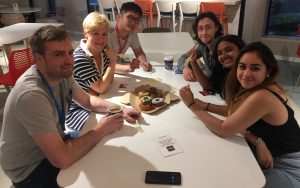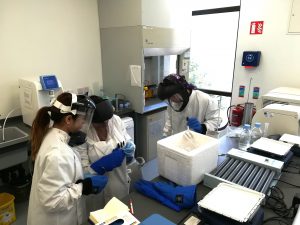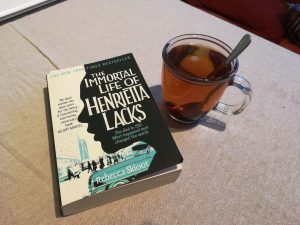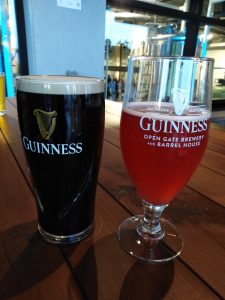
What is a must-see in Ireland? Right: visit Guinness brewery at St. James’s Gate and have a pint of right Guinness. It is one of the most recognised and famous beer brands. Rumours say Dublin is the only place where Guinness tastes Guinness. Traditions, traditions and traditions. Though the one we like most Guinness Draught is a relatively new addition – it was introduced almost 200 years after the brewery establishment in 1759 by Arthur Guinness.
So, what if you like tastes ‘outside the box’? Then Guinness brewery in Baltimore is for you. Respecting the Father, they do completely different stuff. Imagine, 16 different tastes, including the one we know! You can have a guided tour of the brewery, hear the great story and do a beer tasting. Have you tried one? Not, the one in the pub or with the friends at BBQ. It is a special way to feel the bouquet of flavours and taste the difference. There is a difference between the beer drunk straight from the bottle and from the glass. Because you can smell it as simple as that.
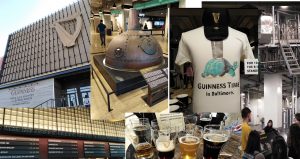
During our guided tour, we rambled inside the experimental brewery, learn the basics of beer production, tasted 4 types of beer: Guinness Blonde, Oatmeal Pale Ale, Guinness Draught and Guinness Milk Stout. Three were absolutely new for me. I liked Oatmeal Pale Ale, found Milk Stout a bit dessert style, Blonde – too citrusy. Do not forget, another 12 you can taste at the bar in a special set! However, to enjoy the most you have to bring your friends. All is much better with the right company!
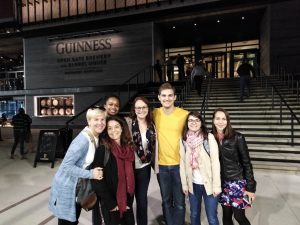


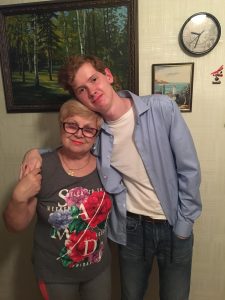
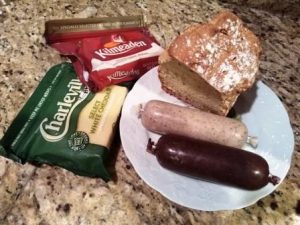
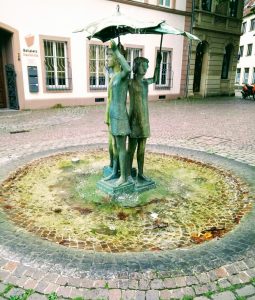
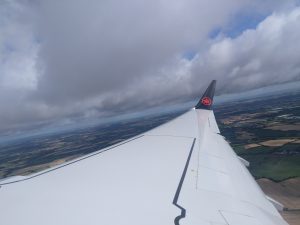 Air Canada was my first bridge to connect me and Baltimore. A new luxury plane with great service brought me over Atlantic to Montreal in 7 hours. Watched many films and TV movies starting with ‘ Battle of the Sexes’ and finishing with re-running some episodes of ‘Young Sheldon’. Food was excellent, fast service, great taste. The US Customs met me with two state flags flanking a copy of the Liberty statue at the Canadian Airport, so had no need to do anything at the final destination. My 2nd leg was way shorter – just 1.30hrs!
Air Canada was my first bridge to connect me and Baltimore. A new luxury plane with great service brought me over Atlantic to Montreal in 7 hours. Watched many films and TV movies starting with ‘ Battle of the Sexes’ and finishing with re-running some episodes of ‘Young Sheldon’. Food was excellent, fast service, great taste. The US Customs met me with two state flags flanking a copy of the Liberty statue at the Canadian Airport, so had no need to do anything at the final destination. My 2nd leg was way shorter – just 1.30hrs!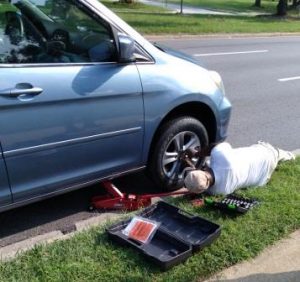
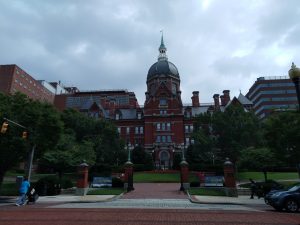
 I have a nice collection of pictures related to our lab activities or research, not all of them were posted here. Hope, that Facebook could provide an additional nice platform to store and share them. I am grouping them by theme in an album and link with a relevant blog post.
I have a nice collection of pictures related to our lab activities or research, not all of them were posted here. Hope, that Facebook could provide an additional nice platform to store and share them. I am grouping them by theme in an album and link with a relevant blog post.